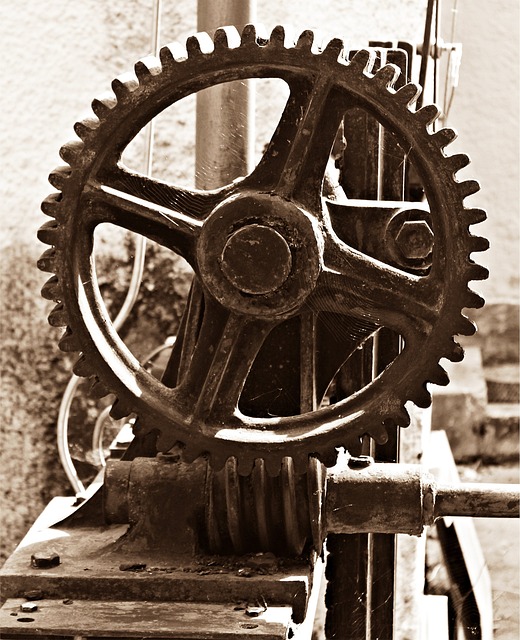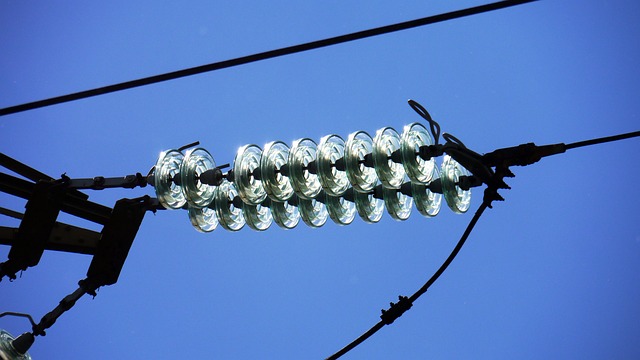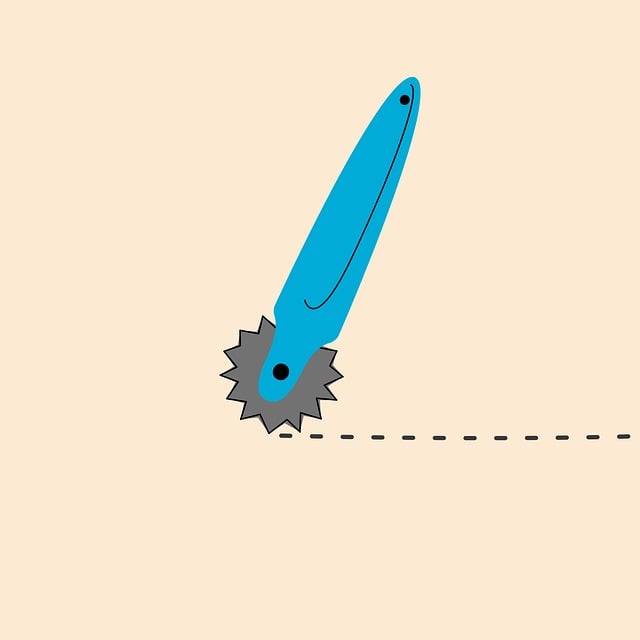Understanding common transmission issues is key to selecting affordable Select Transmission Repairs. Regular maintenance, early diagnosis, and informed part choices (OEM vs aftermarket) extend transmission life. DIY repairs save money but require expertise, while professionals offer precise solutions for complex problems. Preventive care routines in sync with repair manuals significantly reduce costly replacements.
Considering transmission replacement? It’s a common car ownership concern, yet with the right approach, it can be affordable. This guide breaks down everything you need to know about navigating select transmission repairs. We explore common issues and their costs, helping you understand your options. Discover the pros and cons of DIY vs. professional repairs, learn how to choose quality parts, and unlock long-term savings through preventive maintenance tips. Make informed choices for your vehicle with these essential insights on affordable transmission replacements.
- Understanding Common Transmission Issues and Costs
- Exploring Affordable Repair Options: DIY vs. Professional
- Choosing the Right Parts: Original vs. Aftermarket
- Long-Term Savings: Preventive Maintenance Tips
Understanding Common Transmission Issues and Costs

Understanding Common Transmission Issues is a crucial first step when considering affordable transmission replacement. Many vehicles experience problems that can be categorized into several key areas. One of the most common issues is a faulty clutch master cylinder, which can lead to difficulty engaging gears and a rough driving experience. Regular 4WD transmission maintenance intervals are also essential; neglecting these can result in severe damage down the line. Car owners should familiarize themselves with the signs of a failing transmission, such as grinding or popping noises during gear changes, leaks around the bellhouse, and a lack of response when shifting.
Early diagnosis is key to minimizing costs. Modern car transmission diagnostic tools have made it easier than ever to identify issues accurately. By addressing problems early on, drivers can avoid more complex (and expensive) repairs. For instance, regular checks for fluid levels and contamination can prevent costly damage from worn-out components like clutches or bands. This proactive approach not only extends the life of your transmission but also ensures you’re making informed decisions when considering replacement options.
Exploring Affordable Repair Options: DIY vs. Professional

When facing a transmission issue, deciding between DIY repairs and enlisting professional help is a crucial choice. For those with mechanical prowess and a desire to save costs, tackling the problem yourself can be an attractive option. Many online resources, including detailed syncro transmission repair manuals, are readily available to guide enthusiasts through the process. This route offers the advantage of learning a new skill while potentially reducing expenses.
However, transmission repairs require specialized knowledge and tools. Local transmission specialists possess the expertise needed to diagnose complex issues accurately. They have access to advanced diagnostic equipment and an array of transmission fluid types suitable for different models. While professional services might not be as cost-effective as DIY repairs for simple cases, they ensure precise fixes, minimizing the risk of further damage.
Choosing the Right Parts: Original vs. Aftermarket

When it comes to selecting the right parts for a transmission repair, there are two primary options: original equipment manufacturer (OEM) parts or aftermarket alternatives. OEM parts, which come directly from the vehicle’s maker, offer the advantage of precision fitting and guaranteed compatibility. They’re ideal when you’re aiming for an exact replacement that aligns with the vehicle’s original specifications, ensuring a reliable urgent transmission fix.
However, aftermarket parts can provide a more cost-effective solution without compromising quality. These parts are manufactured by third-party suppliers and often come at significantly lower prices, making them attractive for those on a tight budget. Aftermarket components like a manual transmission rebuild kit can be a great option for those looking to save costs while still ensuring a sturdy and functional transaxle assembly replacement.
Long-Term Savings: Preventive Maintenance Tips

Regular maintenance is key to avoiding costly transmission replacements down the line. By investing in preventative measures, such as routine fluid changes and check-ups, vehicle owners can extend the life of their transmissions significantly. A well-maintained syncro transmission repair manual or any modern commercial vehicle transmission service will outline specific intervals for these checks, ensuring that potential issues are identified early on.
This proactive approach doesn’t just save money in the short term; it translates to substantial long-term savings. By steering clear of unexpected breakdowns and costly repairs, owners can avoid the financial burden often associated with transmission failures. Moreover, regular maintenance enhances the overall performance and reliability of the vehicle’s transmission control module repair, ensuring a smoother ride for years to come.
When it comes to selecting transmission repairs, there are numerous avenues to explore. By understanding common issues, comparing repair options between DIY and professional services, and making informed choices about parts, you can achieve significant long-term savings. Remember, preventive maintenance is key; regular checks and timely replacements can prevent costly future repairs. So, whether you choose to tackle the issue yourself or seek expert help, keeping your transmission in top shape is within reach, ensuring a smoother ride ahead.
